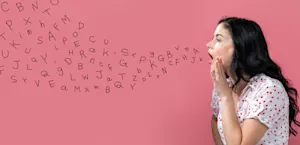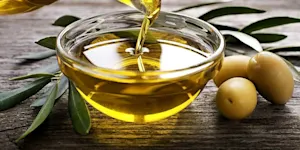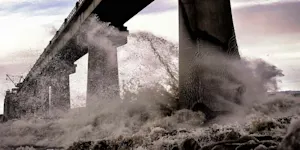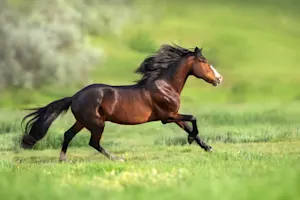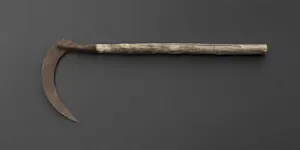What Makes This Word Tick
Ah, waft! This word has a breezy elegance to it, doesn't it? "Waft" brings to mind the gentle movement of scents or sounds as they drift through the air. It's a word that perfectly captures both the softness and the directionality of such movement. Quite a sensory experience from just four letters!
If Waft Were a Person…
Imagine Waft as a gracious host at a garden party. Always in motion but never hurried, wearing a light linen outfit. Waft would be the type who ensures the aroma of fresh flowers and the tinkling of a piano gently fill the air, making everyone's experience pleasant and memorable.
How This Word Has Changed Over Time
"Waft" has largely retained its airy essence over the years. Originally used to describe the motion of air and water, its application has expanded to include the subtle movement of sounds and smells. The essence remains consistent — it's all about a soft, continuous movement.
Old Sayings and Proverbs That Use Waft
While "waft" may not appear front and center in proverbs, the sentiment it embodies is often expressed. Phrases like "the breeze carries whispers" reflect a similar idea of gentle movement and passing on information or sensations without direct effort.
Surprising Facts About Waft
Here's something waftingly quirky: in certain scientific contexts, to "waft" is an actual method used in laboratories. Scientists use a wafting technique to safely direct odors towards their noses rather than inhaling deeply from a container after a chemical reaction. Safety first!
Out and About With This Word
In the world of perfumery, wafting is pivotal. Imagine walking past a boutique where the fragrance of exotic flowers seems to dance around each corner. That's the art of scent wafting, inviting you in without a single word.
Pop Culture Moments Where Waft Was Used
While not always highlighted, "waft" has its moments, especially in literature and film narration where scents or sounds play a pivotal role. It's often used to set the mood, whether it's the waft of music from a distant party or the aroma in a cozy kitchen scene.
The Word in Literature
Literary authors love using "waft" to evoke an atmosphere. When describing scenes that require gentle transitions of scent or sound, "waft" is the go-to word. It's perfect for readers who enjoy immersing themselves in the fine details that bring scenes to life.
Moments in History with Waft
Imagine the opening of the Paris World's Fair in 1889, with scents and sounds wafting through the air as attendees walked among innovations and marvels. Although "waft" wasn't explicitly recorded in quotes from the time, it was certainly in the air, so to speak.
This Word Around the World
In French, you might use "flotter" to convey a similar delicate movement, while in Italian, "fluttuare" captures the fluidity of the waft. Across cultures, the concept remains a universally appreciated part of what makes experiences memorable.
Where Does It Come From?
"Waft" originated from the Old Norse word "vappa," meaning to float or hover. The evolution of its meaning to what we know today maintains that core idea of gentle, almost unnoticed, movement.
How People Misuse This Word
Sometimes, folks use "waft" to describe something with too strong of an impact, like a heavy gust of wind. Remember, wafting is all about subtlety — a gentle breeze or scent lightly drifting by.
Words It’s Often Confused With
Draft: While "draft" can involve air movement, it's typically more forceful and structured.
Drift: This suggests a slow, aimless journey, whereas waft has an intentional direction, even if gentle.
Float: More associated with buoyancy rather than air movement or scent.
Additional Synonyms and Antonyms
Synonyms for the gentle elegance of a waft include float, drift, and glide. Antonyms might involve more assertive actions like gust or blast.
Want to Try It Out in a Sentence?
Next time you bake cookies, let your friends know: "As soon as you walk in, let the scent of chocolate chips waft you to baking heaven!"




